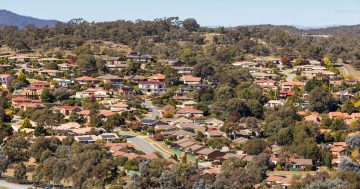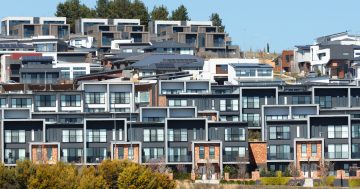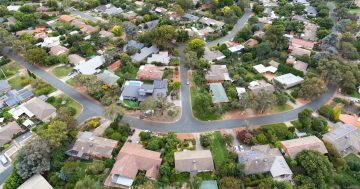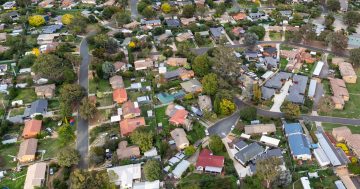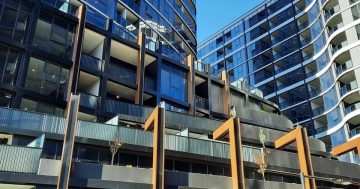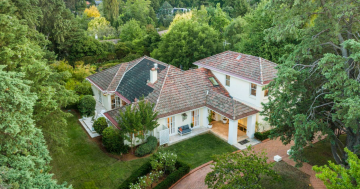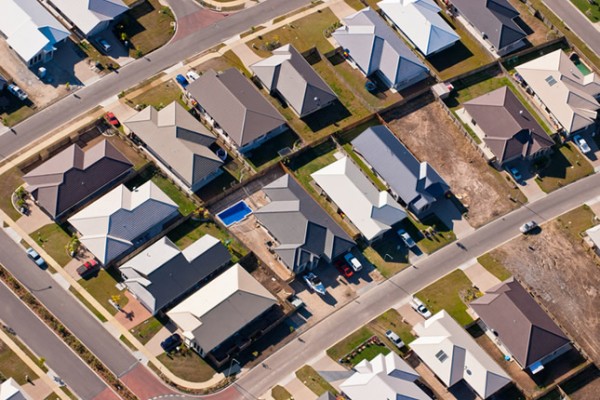
Houses in Canberra are selling at a premium compared to units with prices rising at more than double the rate of units in 2017, according to a new report on the state of the Australia’s housing market.
According to CoreLogic’s December Hedonic Home Value Index results, Canberra dwelling values edged 0.2 per cent higher in December to be up 1.0 per cent over the final quarter of the year and 4.9 per cent higher throughout 2017, with house values up 5.8 per cent over the year while unit values are only just beating inflation at 2.1 per cent.
The median dwelling value in Canberra is $591,011, with the median for houses at $669,642 and for units at $431,048.
Canberra was the only capital city besides Hobart (1.5 per cent) and Adelaide (0.2 per cent) to show positive growth in December with the report revealing a gradual, softening market that is likely to continue throughout 2018, according to CoreLogic head of research Tim Lawless.
In Sydney, prices fell 0.9 per cent in December and 2.1 per cent for the quarter, with 2017 ending with 3.1 per cent growth for the year. The median dwelling value is $895,342, with houses at $1,058,306 and units $774,124. House prices grew 2.1 per cent for the year and units 5.4 per cent.
Despite weaker conditions nationally, rising rates of migration to the ACT was likely to drive increased demand for housing.
There have been calls from organisations such as Master Builders ACT for the ACT Government to speed up the release of land for new houses to contain prices and meet the demand for free-standing properties.
Mr Lawless said tighter credit policies and cautious lenders would make it harder to obtain a mortgage this year but a tightening labour market and move to full-time jobs would support consumer confidence.
“Regulators are likely to be keeping a close eye on credit trends with a particular focus on investment credit and interest-only lending, and the next move in interest rates is more likely to be up not down,” he said.
“Although credit policies are likely to remain tight, we expect mortgage rates to remain low in 2018, providing a positive lending environment for those who are able to secure credit.”
The national 0.3 per cent fall in December dragged the quarterly capital gains result into negative territory for the first time since the three months ending April 2016.
Nationally, dwelling values were 4.2 per cent higher over the 2017 calendar year, which is a slower pace of growth relative to 2016 when national dwelling values rose 5.8 per cent and in 2015 when values nationally were 9.2 per cent higher.
Mr Lawless said the shift to falling national dwelling values was being driven by the capital cities, particularly Sydney and Melbourne, with the combined capitals tracking half a per cent lower over the December quarter, while across the combined regional areas of Australia, values were half a per cent higher over the quarter.
“In 2018, the housing market performance is likely to be significantly different relative to previous years. We’re likely to see lower to negative growth rates across previously strong markets, more cautious buyers, and ongoing regulator vigilance of credit standards and investor activity,” he said.













